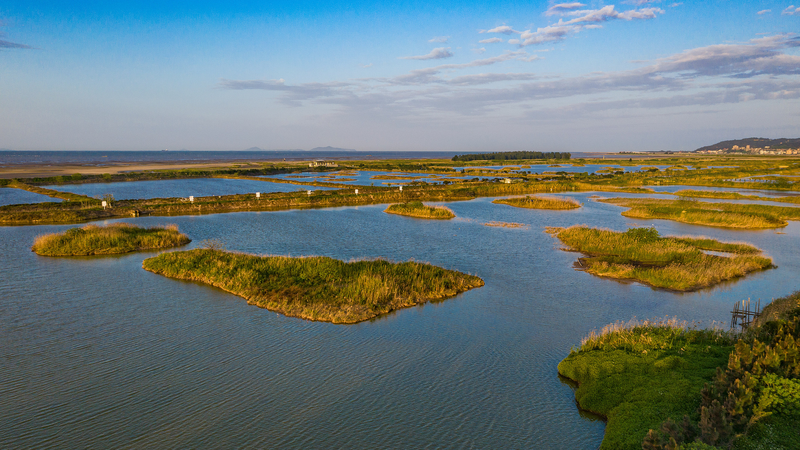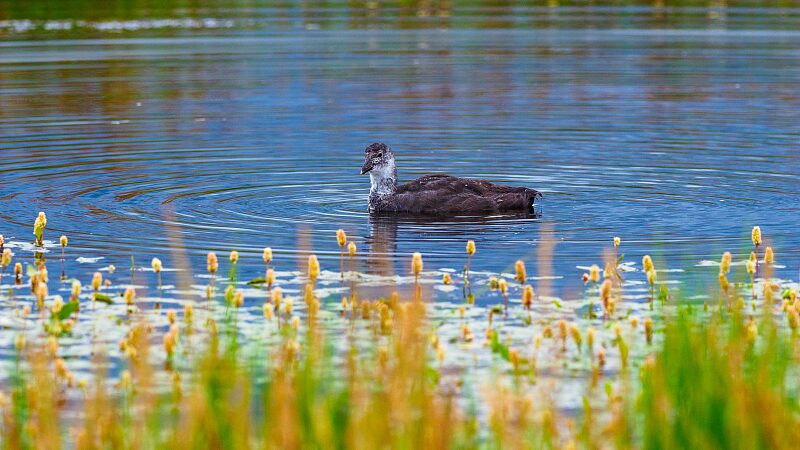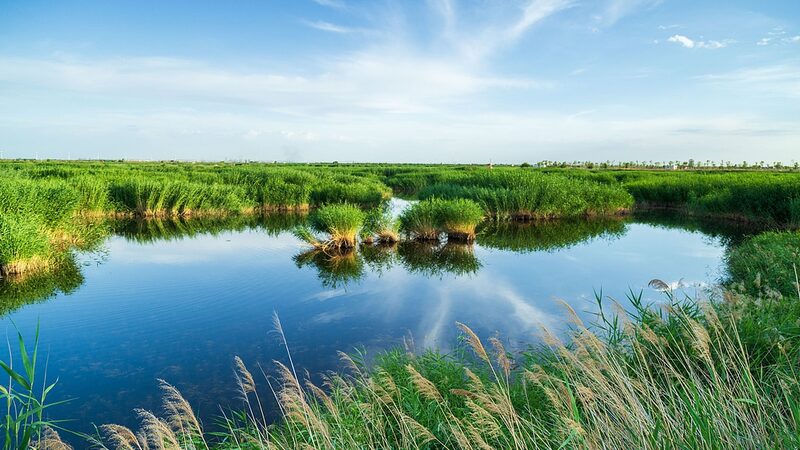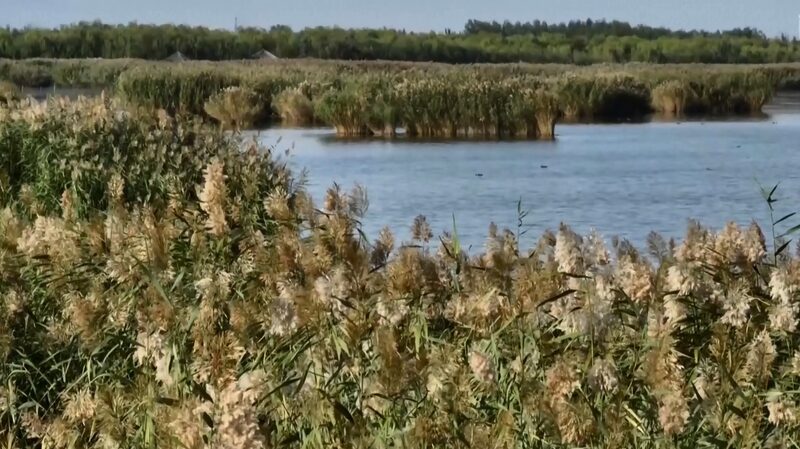On the southern bank of the Minjiang River estuary in Fujian Province, a sprawling wetland sanctuary is rewriting the story of one of nature’s most arduous journeys. The Minjiang River estuary wetland, spanning 2,400 hectares of protected land, has become an indispensable refuge for migratory birds traversing the East Asian-Australasian flyway—a route stretching from Siberia to Australia.
This ecological haven supports over 50,000 waterbirds annually, including endangered species like the black-faced spoonbill and Saunders’s gull. Conservationists credit advanced monitoring systems and community-led habitat restoration for the wetland’s success in balancing human activity with biodiversity needs.
For business professionals, the project highlights China’s growing emphasis on sustainable infrastructure, with eco-tourism revenues in the region rising 18% year-on-year. Researchers note the site’s role in climate resilience studies, while diaspora communities celebrate its cultural symbolism as a bridge between Asia’s natural heritage and modern development.
As autumn migrations peak, visitors can observe rare species from newly built observation decks—a testament to how strategic conservation can transform stopovers into sustainable lifelines.
Reference(s):
cgtn.com








